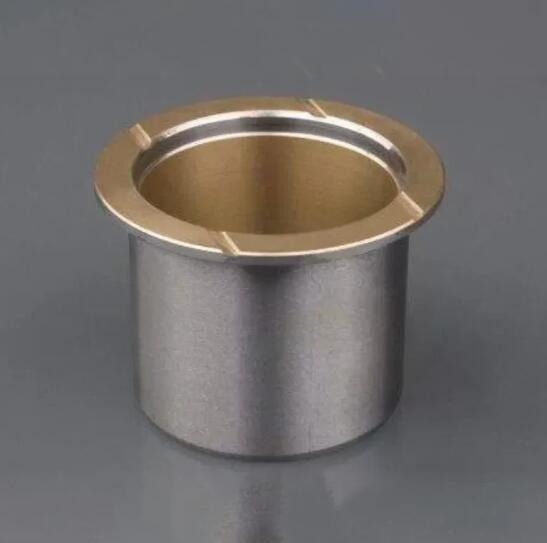The Role of Low Carbon Steel Bi Metal Bearings in Modern Engineering
2024-07-17
Introduction
Bearings are an indispensable component in modern engineering, facilitating smooth and efficient motion in a wide range of machinery and equipment. Among the diverse types of bearings available, low carbon steel bi-metal bearings stand out for their exceptional performance and durability. This blog explores the significance, design features, and real-world applications of low carbon steel bi-metal bearings in today's engineering landscape.
Significance of Low Carbon Steel Bi Metal Bearings
Low carbon steel bi-metal bearings are designed to address the critical requirements of high load capacity, wear resistance, and cost-efficiency. The strategic combination of low carbon steel and a softer, lubricative metal layer results in bearings that offer superior performance in demanding environments. These bearings are particularly valued for their ability to extend the lifespan of machinery and reduce maintenance costs.
Design Features of Low Carbon Steel Bi Metal Bearings
1. Dual-Metal Structure:
- The outer layer of low carbon steel provides the necessary strength and rigidity to support heavy loads and resist deformation.
- The inner layer, typically made of a copper or aluminum alloy, offers excellent lubricative properties, reducing friction and wear.
2. Optimized Material Properties:
- Low carbon steel is chosen for its high tensile strength, toughness, and ease of fabrication.
- Copper alloys, such as bronze, are selected for their good thermal conductivity and self-lubricating properties.
- Aluminum alloys provide a lightweight alternative with good corrosion resistance and wear characteristics.
3. Advanced Manufacturing Techniques:
- Processes like sintering, casting, or hot rolling are used to bond the two metal layers, ensuring a strong and durable composite bearing.
- Precision machining and finishing techniques enhance the bearing's performance and reliability.
Advantages of Low Carbon Steel Bi Metal Bearings
1. High Load Capacity:
- The robust outer layer of low carbon steel allows these bearings to support heavy loads, making them suitable for demanding applications.
2. Excellent Wear Resistance:
- The inner layer of copper or aluminum alloy minimizes friction and wear, extending the bearing's service life and reducing maintenance needs.
3. Thermal Management:
- The good thermal conductivity of the inner layer helps dissipate heat generated during operation, preventing overheating and ensuring stable performance.
4. Cost-Effective Solution:
- The use of low carbon steel as the primary material reduces manufacturing costs, making these bearings an economical choice for various industries.
Applications of Low Carbon Steel Bi Metal Bearings
1. Automotive Sector:
- Widely used in engine components, transmission systems, and suspension parts to improve efficiency and durability.
- Critical in reducing friction and wear in high-performance vehicles, enhancing fuel efficiency and reliability.
2. Heavy Machinery:
- Integral to the operation of construction equipment, mining machinery, and agricultural tools, where they support rotating shafts and reduce wear on moving parts.
3. Aerospace Industry:
- Employed in aircraft engines, landing gear, and control systems to provide reliable performance under extreme conditions.
- Essential for ensuring the safety and longevity of aerospace components.
4. Marine Engineering:
- Used in ship engines, propeller shafts, and other marine equipment due to their resistance to corrosion and wear in harsh marine environments.
Conclusion
Low carbon steel bi-metal bearings play a pivotal role in modern engineering, offering a reliable and cost-effective solution for various high-load and high-wear applications. Their unique design, combining the strength of low carbon steel with the lubricative properties of copper or aluminum alloys, makes them indispensable in industries ranging from automotive to aerospace. By understanding the advantages and applications of these bearings, engineers and manufacturers can optimize their machinery's performance and achieve greater efficiency and longevity.



